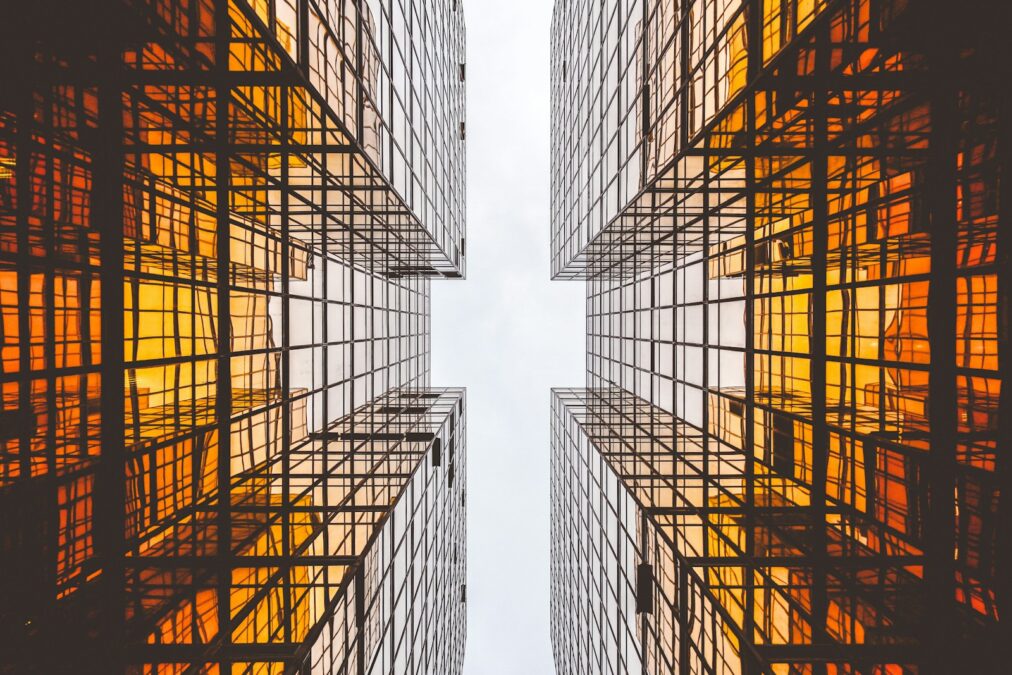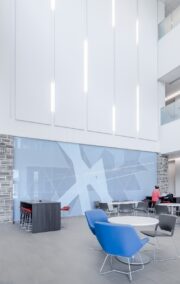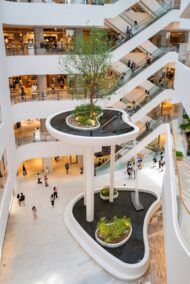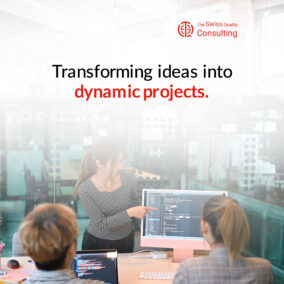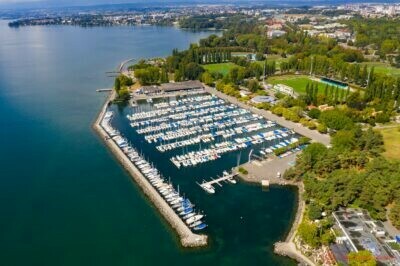Aligning Aesthetic Vision with Commercial Viability
The challenge of integrating architecture and development in business projects highlights the delicate balance between creating aesthetically pleasing spaces and achieving commercial success. This article delves into the complexities of this integration, inspired by the philosophy of renowned architect Leon Krier, who advocates for architecture that serves both beauty and functionality without compromising the developer’s intent to profit. We will explore strategies that align these often conflicting goals, particularly in fast-growing markets like Riyadh and Dubai, where visionary projects frequently redefine urban landscapes.
Understanding the Value of Architectural Excellence in Business
Architectural excellence does more than simply enhance the skyline; it adds intrinsic value to real estate developments by attracting premium tenants, buyers, and investors. In regions like Saudi Arabia and the UAE, where iconic structures have come to symbolize national progress, the integration of high-quality architectural design is not just aesthetic but a strategic business decision. Projects that incorporate unique architectural elements tend to command higher market values and offer substantial returns on investment, demonstrating that beauty and functionality can indeed drive profitability in the real estate sector.
Navigating the Challenges of Architectural Innovation and Profitability
While architects like Leon Krier may critique the developer’s focus on profitability, the reality of business necessitates a balance between innovative design and financial viability. In dynamic cities such as Dubai and Riyadh, developers are increasingly recognizing the importance of integrating sophisticated architectural designs that reflect local culture and technological advancement. This approach not only enhances community engagement but also ensures that projects are sustainable and economically beneficial, thereby securing necessary sponsorships and financial backing.
Strategies for Successful Sponsorship in Architectural Projects
Securing sponsorship and financial support for projects with significant architectural value requires a clear demonstration of the economic benefits tied to aesthetic and innovative designs. Effective strategies include detailed market analysis, presenting case studies of successful integrations of architecture and profitability, and aligning project goals with the broader economic development plans of the region, such as those seen in Saudi Vision 2030. Additionally, building strong relationships with stakeholders and using digital tools like AI and blockchain for project management can streamline development processes and reduce costs, further enhancing the appeal to potential sponsors.
Role of Generative AI in Modern Architecture
Generative Artificial Intelligence is revolutionizing the field of architecture by enabling more innovative and efficient design processes. In regions focused on cutting-edge technology, such as Riyadh and Dubai, generative AI can assist in creating models that optimize both aesthetic appeal and structural efficiency. This technology allows for rapid prototyping and simulation, giving architects and developers the tools to foresee potential issues and adjust designs in real-time, ensuring that projects are both beautiful and commercially viable.
Enhancing Communication Between Architects and Developers
Effective communication is crucial in aligning the objectives of architects and developers. By fostering open dialogue and understanding each party’s priorities, projects can achieve a balance that respects architectural integrity while meeting commercial targets. Workshops, joint planning sessions, and continuous collaboration throughout the project lifecycle are essential in maintaining this balance. This integrative approach ensures that architectural projects not only resonate with aesthetic values but also fulfill economic and functional requirements.
Future Trends in Architecture and Business Development
As urban development continues to accelerate, particularly in burgeoning metropolises like Dubai and Riyadh, the future will likely hold more integrated approaches to architecture and business development. Sustainability, community focus, and technological integration will be at the forefront of this evolution, influencing how new projects are envisioned and realized. With these trends, the potential for architecture to drive business success is immense, provided that it remains aligned with broader business and cultural objectives.
#ArchitectureInBusiness, #LeonKrier, #UrbanDevelopment, #SustainableArchitecture, #Riyadh, #Dubai, #ProjectManagement, #RealEstateInvestment, #AIinArchitecture

